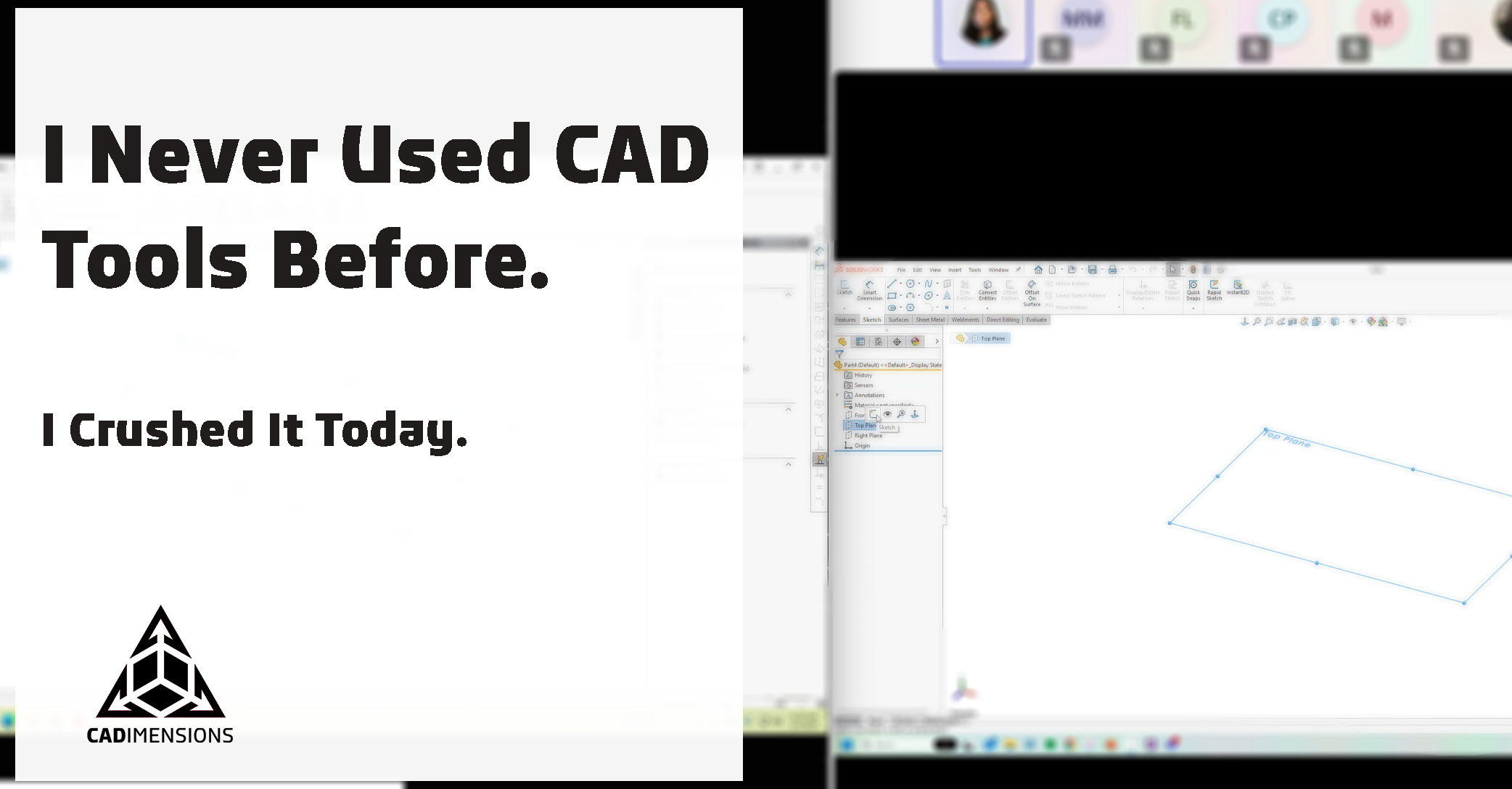Teaching SOLIDWORKS to the Workforce of Tomorrow
The Organization
Located in Troy, New York, Hudson Valley Community College (HVCC) matriculates over 13,000 students each semester in a variety of disciplines including Business, Engineering & Industrial Technologies, Health Sciences, and Liberal Arts & Sciences. HVCC ranks 58th (as of the 2013-14 academic year) among the nation’s two-year schools in the number of Associate’s Degrees awarded annually.
The Problem
Understanding solid modeling concepts can be taught through several possible methods. The creation of parts, assemblies and their associated drawings is covered in HVCC’s introductory solid modeling course and this material is built upon for subsequent classes that include topics like geometric dimensioning and tolerance (GD&T), along with basic print reading. Students also have the benefit of learning more advanced design and engineering skills like creating parts and assemblies from solid models, using statistical analysis for manufacturing and analyzing solid modeling tools in order to re-analyze parts and assemblies within the model.
The problem that students face is, many endeavor to learn beyond what foundational courses they take at Hudson Valley CC and the seven credits they earn in this course path, will often only transfer into three or four credits at a traditional four year school. This is in large part due to a stronger emphasis on learning pertinent principles during their time at Hudson Valley CC vs. a four year school which has the luxury of time so they’re often less intensive studies.
The Use
Hudson Valley Community College made the decision to standardize their curriculum around SOLIDWORKS as their only CAD tool because the school believes in the benefit of making students proficient in one platform as opposed to getting them exposed to multiple platforms in such a short period of time. SOLIDWORKS is used across the board from their Mechanical Engineering Technology program to the Manufacturing & Engineering Science program. The school also offers a variety of CAM tools for students to learn further round out their educational experience.
The Tools
By standardizing on the SOLIDWORKS platform, professors are able to offer real life comparable scenarios that students have to understand as part of their coursework. SOLIDWORKS is used to demonstrate key concepts in engineering principles as well for instance, solving vector problems, creating Mohr’s circles, section analysis of trusses using finite element analysis as well as fatigue analysis, beam bending, gear trains and so much more. The SOLIDWORKS user interface and layout makes presenting these concepts and models easy for students to learn and engage with.
The Results
Students in the Mechanical Technology program are expected to design and build an RC car for their senior capstone project which includes documenting the assembly and parts in SOLIDWORKS. The expectation is they will produce fully annotated engineering drawings and generate views for their written reports through weekly updates. They start this project their first semester, by creating an assembly with parts and drawings that explain the assembly. The second semester the students start learning to create CNC code from their solid models. Then, by the time they reach their fourth semester, the students are capable of integrating SOLIDWORKS into their design process.
Summary
• Hudson Valley Community College did not have enough credit space to adequately teach multiple CAD software to their engineering students
• The faculty teaches SOLIDWORKS as the only CAD software to their students, as this helps them become as proficient as they can through the four semesters they attend the school
• To showcase their productivity, students have a senior capstone project that requires them to build an RC car in SOLIDWORKS, while documenting their project throughout their time at HVCC.


















